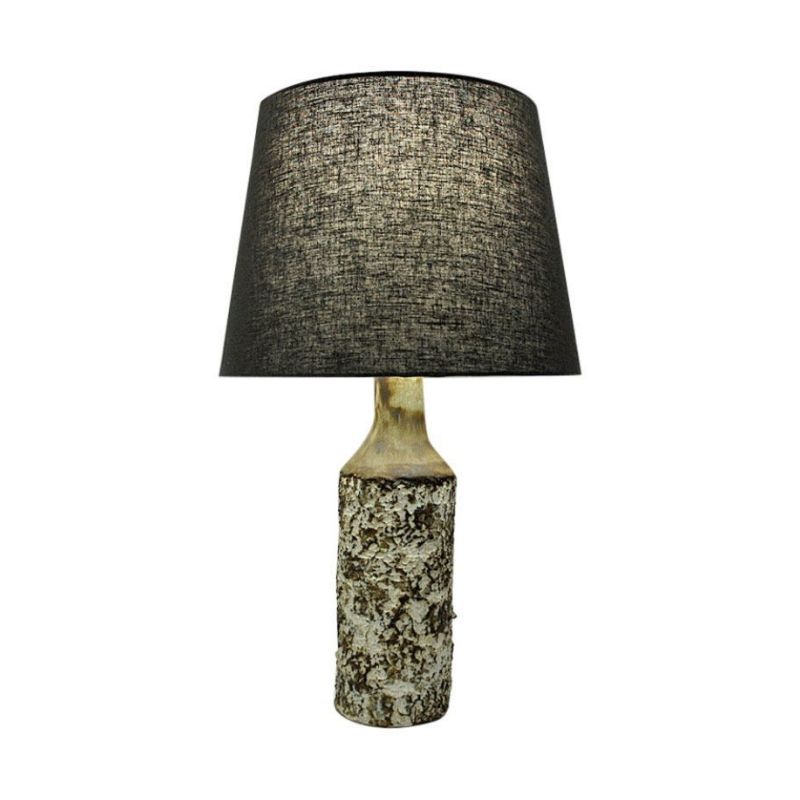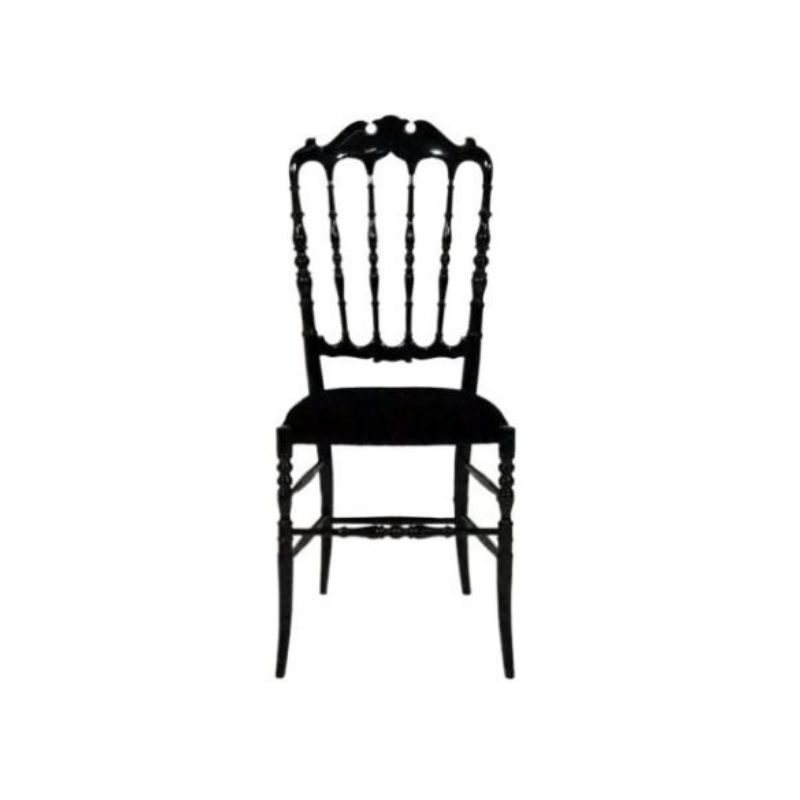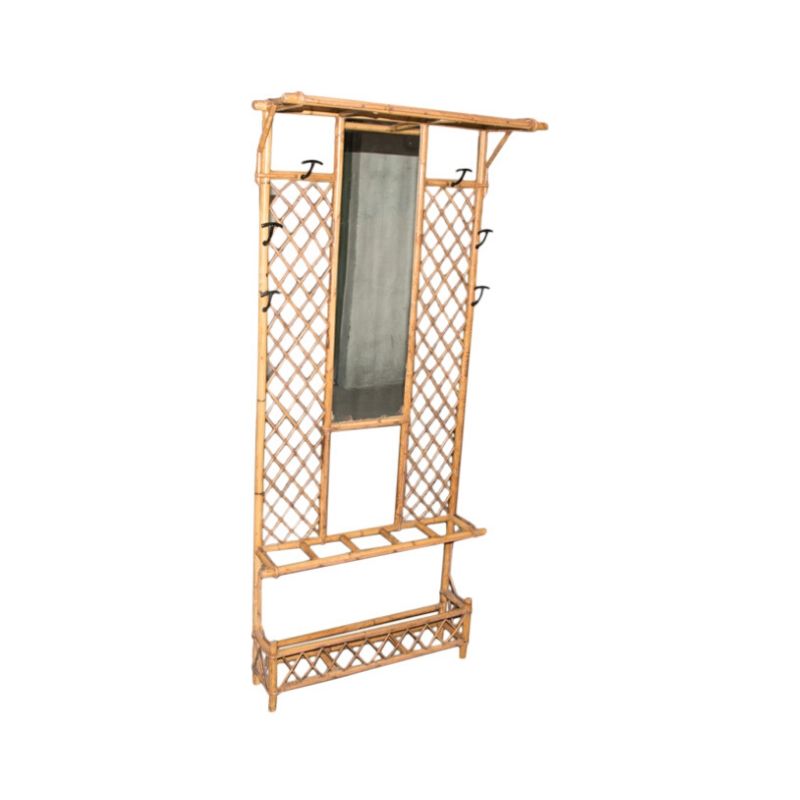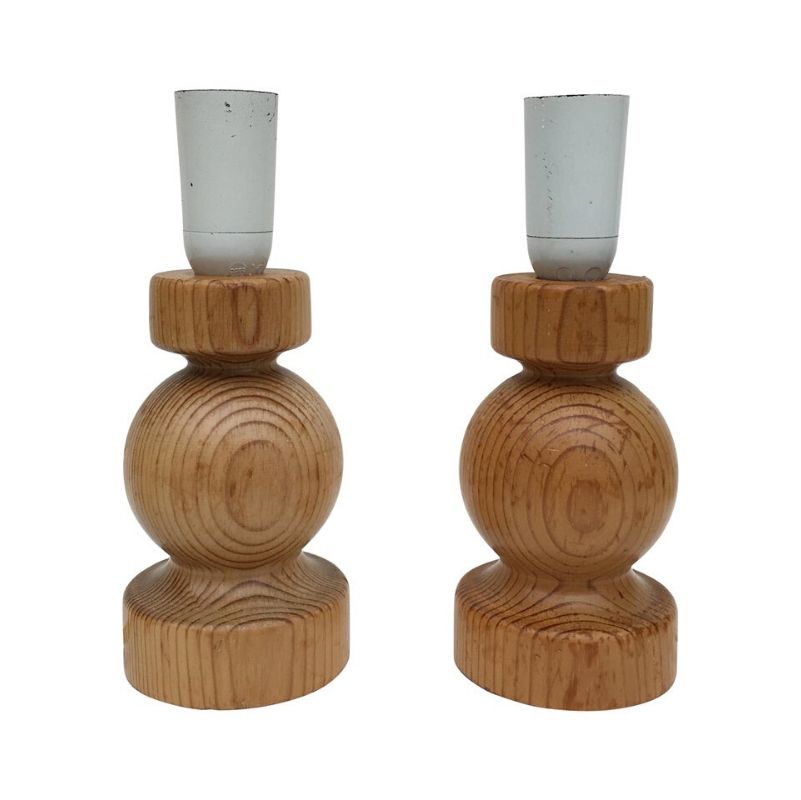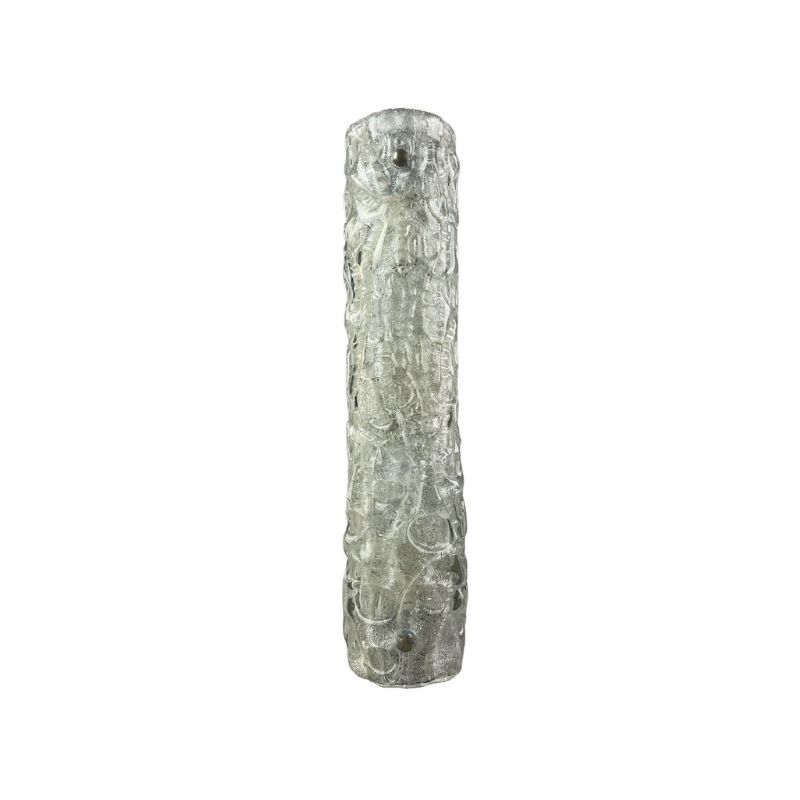This site's focus is 20th century design, mostly 50s through 70s. A site that deals with antique style things would probably be of more help to you.
That said, that looks like either a tapestry weave or a print that is made to mimic a tapestry---I can't really tell without a closer shot of the texture. Some people might tell you it's a toile but toile is alway a print and the print is always all one color. Tapestry style upholstery fabrics were really hot in the 90s into the 2000s.
Sorry for polluting this forum with off-topic material. I thought it was an oversight that the topic selection menu lacked any time period before 1900, since I encountered no information that explicitly explains such constraints on appropriate subject matter.
I had looked for appropriate web forum for such a question previously, before coming to the belef that this site would be more appropriate than alternatives. There are many great web sites with forums on various topics, but I had had limited success finding a general purpose design and decorating site. If someone has a suggestion for a good site with broader scope than the current one, please advise.
Meanwhile, I have provided a more detailed image of the fabric, in case anyone is willing to indulge me further on the original subject of inquiry. Based on the previous response, I am wondering whether it might be likely that the fabric shown was retrofited in recent decades as opposed to originating near to the time of the original construction of the piece.
Thanks for any help offered.
I am not an expert on 19th century textiles or know much about it but I have seen examples in museums that have these on display. Just looking at the image you provided even if it is old, it looks 20th century machine made & looks just like what is still being produced today.
Your textile has a consistent repeating pattern, look at it more closely with a magnifying glass to see inconsistencies in the weave that may determine if it was loomed by hand or a machine. There are tests that experts actually do in museums to determine the type of threads used, if it has synthetics, it is definitely recent, but it is more involved than just looking at an image of the textile in question. Sorry if I could not be of much help either.
One name for the style might be Jacquard, which comes from the Jacquard Loom that is used to weave patterned textiles like that. It used punch cards and was a bit like a computer really. Goes all the way back to 1804 so it is a virtual guarantee that it was machine done. Beyond calling it a Jacquard, you might be able to determine an era that produced similar patterns or a name for Jacquards of that sort of rural/floral theme.
One of the most simple ways to determine the type of fiber or fibers used is the burning method.
Extract a thread from underneath or from some place where you have an edge available. And burn the tip of it.
If it melts and form a hard little ball: It is polyester or some other fiber of that kind.
If it leaves you with a little ball or curl of "ashes" is a a natural fiber, and here you determine which by smelling it
Cotton and Linen, smell like burnt paper (vegetal origin)
Silk and wool smell like burnt hair (animal origin)
Of course there are mixes. And there might be differences between warp and weft.
Hope it helps.
But not about cheap vodka, pants, shoes, belts, and motor cars.
If I could be reliably right about that many things, I would consider myself accomplished. I am a sartorial failure. Motor car failure too. While we are at it, I am cheap vodka failure too.
Apparently I can install and wire a meter main for a 200 amp electrical service right though.
If you need any help, please contact us at – info@designaddict.com



